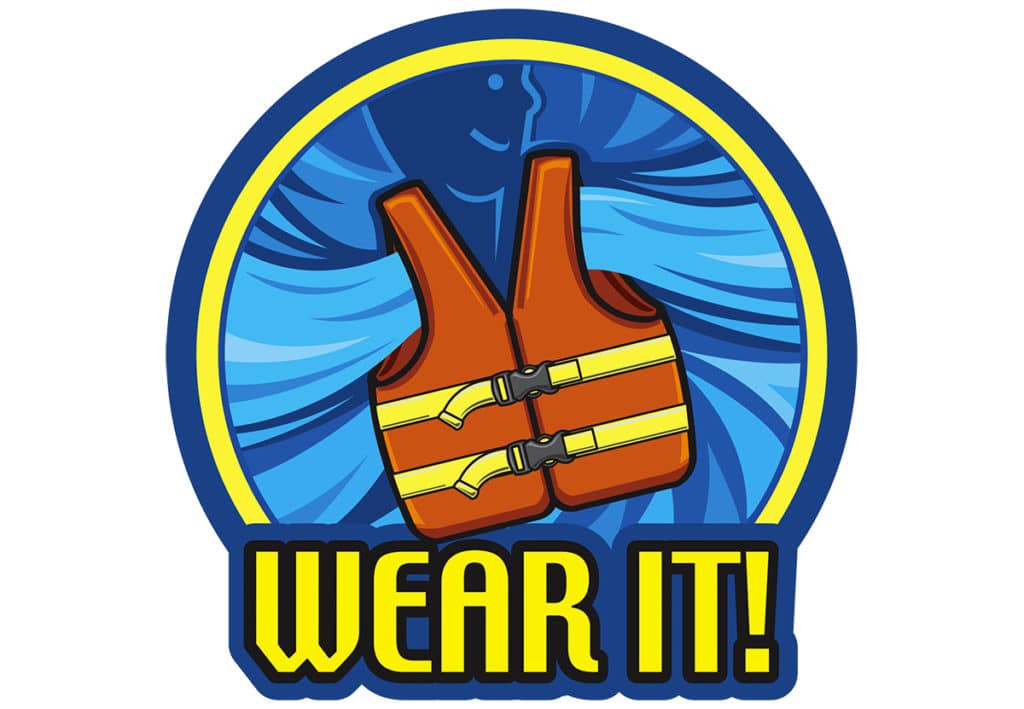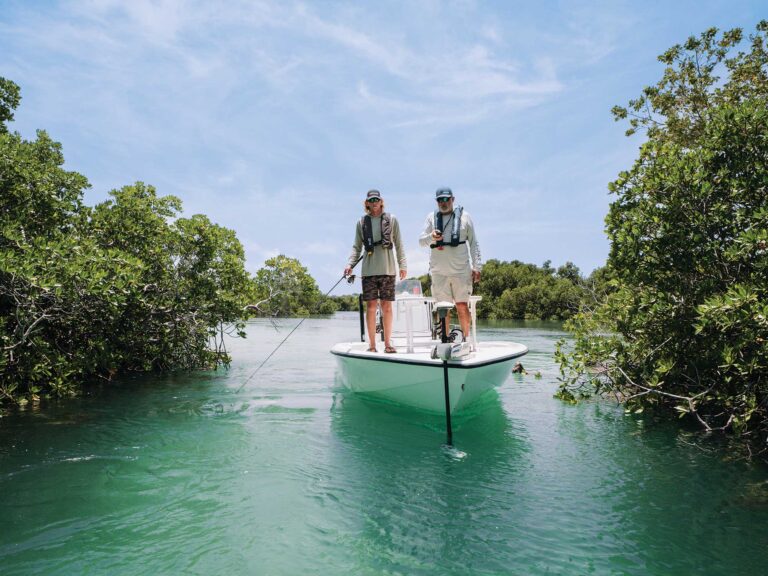
National Safe Boating Week runs May 21-27, 2016, and is packed full of information and activities designed to increase your boating safety awareness. One of the cornerstones is Wear It!, which conveys the importance of always wearing a life jacket while on the water. To help get you started boating more safely, here are 13 tips thanks to safeboatingcampaign.com.
1. No matter what activity you have planned – boating, fishing, paddling and more – always remember to wear a life jacket every time you are on the water. Accidents on the water can happen much too fast to reach and put on a stowed life jacket.
2. Make sure your life jacket is U.S. Coast Guard approved, appropriate for your water activity, and that it fits properly. A life jacket that is too large or too small can cause different situational problems. All persons should always wear a life jacket.
3. Know your state’s boating laws before you get out on the water. Rules and laws can differ from state to state and violations can result in ticketing, fines or jail time.
4. Take a boating safety course. Learn valuable tips that can help save your life in unexpected situations by taking a NASBLA (National Association of Boating Law Administrators) approved boating safety course.
5. Make sure your boat is as prepared as you are. There are many items that need to be checked and re-checked on any boat. Schedule a Vessel Safety Check with your local U.S. Coast Guard Auxiliary or U.S. Power Squadrons before you hit the water.
6. Boat capacity. Be sure to know your boat’s capacity. If you have more on your boat than it was designed to handle, the boat may become unstable and capsize.
7. Check the weather, including the water temperature. Know the latest marine weather forecast prior to going out, and keep a regular check for changing conditions.
8. Dress properly. Always dress for the weather, wearing layers if cooler weather, and bring an extra set of clothes in case you get wet.
9. Always file a float plan. File a float plan with someone you trust that includes details about the trip, boat, persons, towing or trailer vehicle, communication equipment, and emergency contacts. Find out more at floatplancentral.org.
10. Always follow navigation rules. Know the ‘Rules of the Road’ such as operator’s responsibility, maintaining a proper lookout, safe speed, crossing, meeting head-on and overtaking situations. Find out more at boatoncourse.com.
11. Don’t drink while you boat. Where the primary cause was known, alcohol was listed as the leading factor in 17% of deaths in 2015. Find out more at operationdrywater.org.
12. Beware of carbon monoxide poisoning. Gasoline-powered engines on boats, including onboard generators, produce carbon monoxide (CO), a colorless and odorless gas that can poison or kill someone who breathes too much of it. Be sure to install and maintain a working CO detector, never block exhaust outlets, and always dock, beach or anchor at least 20 feet away from the nearest boat that is running a generator or engine.
13. Keep in touch. Communication devices can be the most important piece of emergency equipment on board a vessel, especially in case of emergency. Cell phones, satellite phones, emergency position indicating radio beacons, VHF radios and personal locator beacons can all contribute in an emergency situation.
Wear It! unites the efforts of a wide variety of boating safety advocates, including the National Association of State Boating Law Administrators and Canadian Safe Boating Council with the National Safe Boating Council. It is produced under a grant from the Sports Fish Restoration and Boating Trust Fund, administered by the U.S. Coast Guard. Follow Wear It! on Twitter at @boatingcampaign, like on Facebook at facebook.com/safeboatcampaign, and share your boating story at safeboatingcampaign.com.









